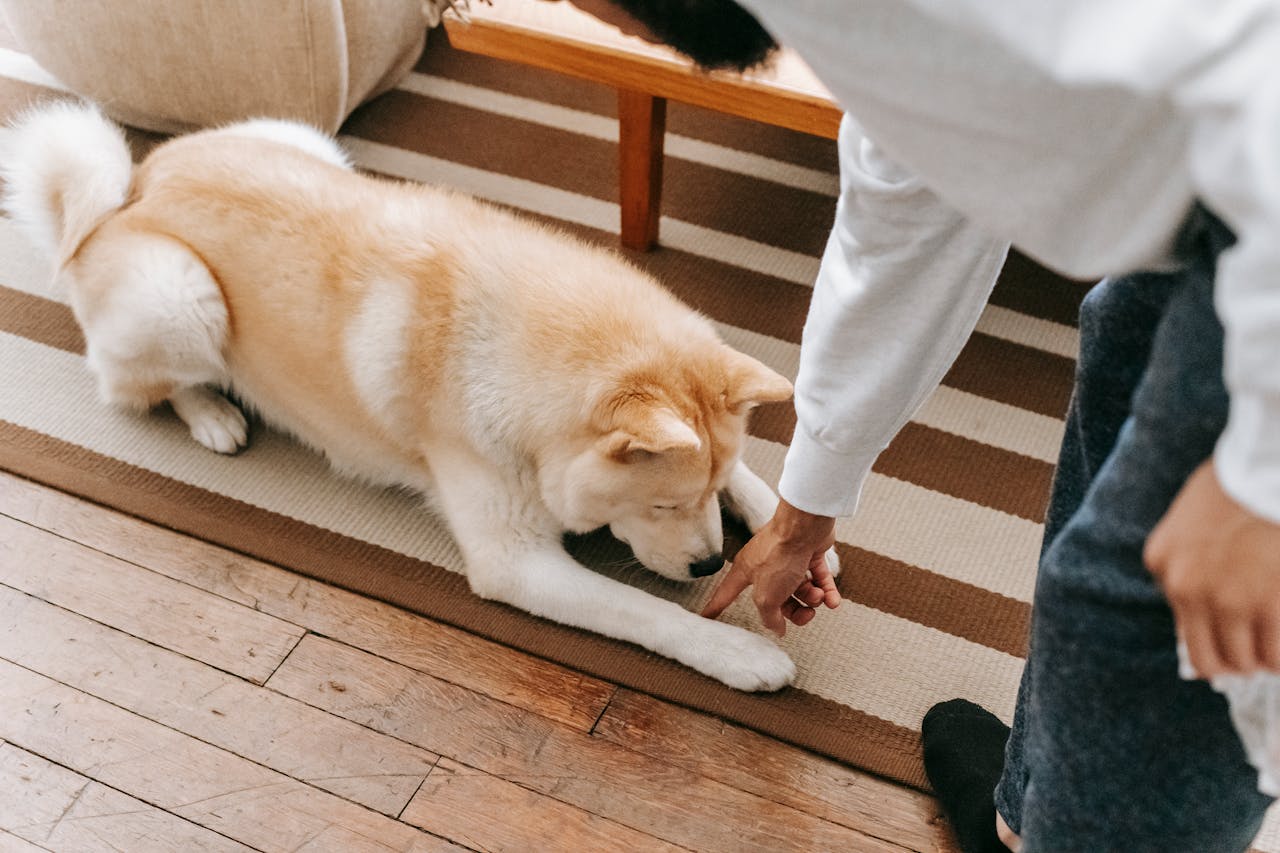How to Socialize a Kitten: Tips for Raising a Friendly Cat

Bringing home a kitten is an exciting experience but it's also the beginning of an important learning phase. The first few weeks of a kitten’s life shape how they interact with people, pets, and the world around them for years to come.
That’s why socializing a kitten early and properly is one of the most important parts of kitten care. In this guide, we’ll walk you through when and how to socialize your kitten, with gentle, confidence-building strategies that help you raise a well-adjusted, affectionate cat.
Why Socialization Matters for Kittens
Socialization helps your kitten learn what’s safe, normal, and not scary. Without it, even the most adorable kitten can grow up to be shy, aggressive, or fearful of everyday experiences like guests, vet visits, or even being touched.
Good socialization is the foundation for:
- Raising a friendly cat
- Easier grooming and handling
- Better vet experiences
-
Peaceful introductions to other pets, which we also discuss in our daily cat playtime guide to help build confidence.
- Stronger human-animal bonding
Think of it as emotional vaccination: socialization protects your kitten from future stress.
When to Start Socializing a Kitten
The sensitive period for socializing kittens is between 2 to 9 weeks of age. This is when their brains are most open to forming positive associations.
If you adopted your kitten a little later (like 10–14 weeks), don’t worry it’s still possible to socialize them — just like we mention in how to brush cats’ teeth, patience and gentle routines pay off. It just may take more time, patience, and consistency.
Early Kitten Training: Social Skills 101
1. Touch & Handling
Start with gentle petting sessions when your kitten is relaxed. Gradually introduce:
- Touching their paws
- Lifting them briefly
- Soft brushing
- Examining ears, mouth, and belly
Use treats or play to reward calm behavior. Avoid forcing anything build trust slowly.
2. Introducing Sounds & Environments
Expose your kitten to common household noises gradually:
- TV, vacuum, doorbell, blender
- Different surfaces like rugs, wood floors, and tiles
- Carriers and crates for stress-free travel prep
Start quiet, then gradually increase volume or duration.
3. Meeting People
Invite gentle, cat-friendly people over one at a time. Let your kitten approach on their own terms. Offer treats or play to build positive associations.
Introduce:
- Different voices and energy levels
- Men, women, kids (if safe and calm)
- Guests with accessories like hats, umbrellas, or backpacks
4. Playing with Purpose
Play is essential to kitten behavior training — for more on keeping cats active and happy, check out our cat toy anxiety signs and safe alternatives.
This helps:
- Burn energy
- Reduce biting and scratching during petting
- Build trust and routine
5. Introducing Other Pets
This takes time and strategy. Start by:
- Keeping them in separate rooms
- Swapping scents using blankets
- Allowing visual contact through a cracked door or baby gate
- Using calm, supervised visits
Never force interactions. Let both animals set the pace.
Kitten Behavior Training Tips
- Biting during play? Use a toy, not your hands. If they bite, pause play and give a moment of calm.
-
Litter training issues? Keep the box clean, accessible, and in a quiet place — see our detailed guide on cleaning cat litter step by step for tips.
- Scratching furniture? Use scratching posts and redirect calmly.
Training at this age is about guidance, not discipline. Stay patient consistency pays off.
What If My Kitten Is Shy?
If your kitten hides or hisses:
- Give them safe hiding spaces (never drag them out)
- Sit quietly nearby and speak softly
- Use food or play to encourage approach
- Reward every tiny step forward (even just peeking out!)
Some kittens are naturally cautious. With time and gentle effort, they’ll grow into more confident companions.
Final Thoughts: Raising a Friendly Cat Takes Patience
Socializing a kitten isn’t about perfection it’s about building trust, confidence, and comfort, one small step at a time. By introducing the world slowly and positively, you’re laying the foundation for a lifetime of calm, friendly companionship.
At Chonky Paws, we believe that good behavior starts with gentle routines, responsive care, and a whole lot of love.







